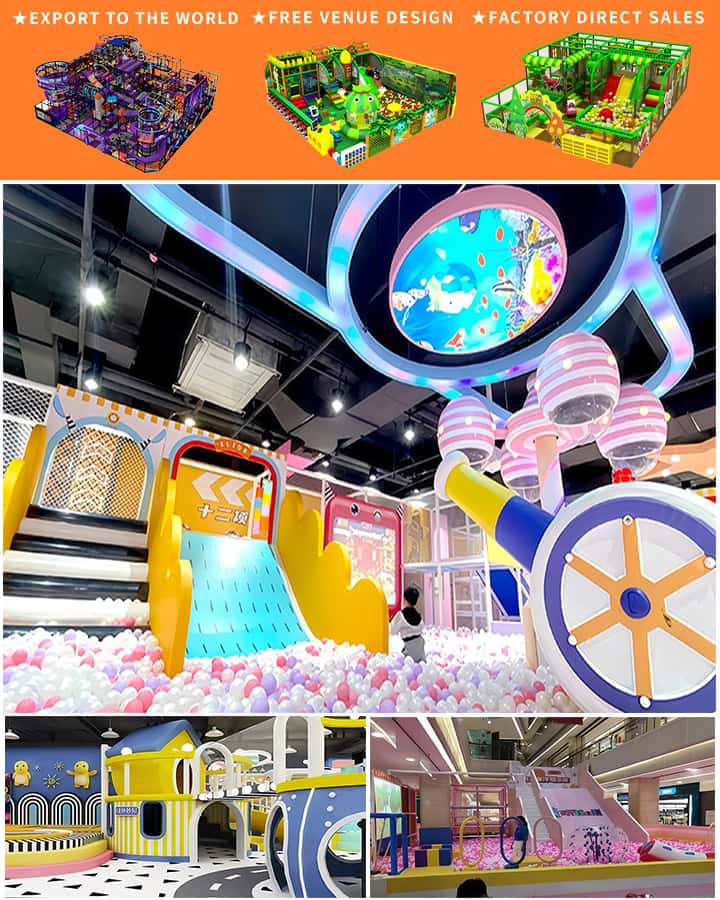When it comes to children’s playgrounds, safety should always be a top priority. Selecting the safest playground equipment is crucial in ensuring that young ones can play and have fun without risk of injury. Here are some key considerations and tips to help you choose the safest playground equipment for your family or community.
1. Age-Appropriate Equipment
One of the most important factors to consider when selecting playground equipment is its suitability for the intended age group. Different pieces of equipment are designed for different age ranges and skill levels. For toddlers, low-to-the-ground structures with gentle slopes and soft surfaces are best. Preschoolers can handle slightly more challenging elements like small slides and climbing structures, while school-aged children might enjoy more complex equipment such as monkey bars and taller slides. Always follow the guidelines set by the manufacturer regarding the appropriate age range for each piece of equipment.
2. Surface Material
The surface material beneath the playground equipment plays a critical role in preventing injuries. Impact-absorbing materials such as rubber mats, wood chips, mulch, or synthetic turf are highly recommended. These materials are designed to cushion falls and reduce the risk of serious injuries. Avoid concrete, asphalt, or any hard surfaces that could cause more severe injuries if a child were to fall off the equipment.

3. Proper Installation
Even the safest playground equipment can become hazardous if not installed correctly. Ensure that all equipment is assembled following the manufacturer’s instructions. This includes making sure that bolts are secure, anchors are properly set into the ground (for above-ground installations), and there are no sharp edges or protruding screws where children may get hurt. Regular inspections should also be conducted to check for wear and tear and to identify any potential risks.
4. Equipment Maintenance
Routine maintenance is essential to keep playground equipment safe. Inspect the playground regularly for signs of damage, such as cracks, rust, loose parts, or broken components. Address any issues promptly to prevent accidents. Cleaning the equipment periodically will also help to remove dirt, debris, and other hazards that could cause slips or trips.
5. Safety Surfacing Areas
In addition to having safe surfaces directly under the playground equipment, ensure that the surrounding areas are also covered with protective surfacing. Many falls occur when children jump off equipment or run around the playground, so extending the safety zone around the equipment is important. The landing area should be at least twice the length of the tallest piece of equipment and extend outward on all sides.
6. Design Features
Look for playground equipment that incorporates safety features such as rounded corners, smooth edges, and adequate space between railings and steps to prevent trapping hands or feet. Swings should have secure harnesses or bucket seats to prevent children from falling out. Slides should have side rails and be wide enough to accommodate multiple children sliding down at once without collision risks.
7. Supervision
No amount of safety precautions can replace proper supervision. An adult should always be present while children are using the playground to monitor their activities and intervene quickly if a problem arises. Educate parents about the importance of keeping an eye on their children and encourage them to teach kids about playground safety rules.
Conclusion
Ensuring the safety of playground equipment involves careful selection based on age appropriateness, surface materials, proper installation, regular maintenance, extended safety surfacing, design features, and vigilant supervision. By taking these factors into account, you can provide a safer environment where children can enjoy their playtime with reduced risk of injury. Investing time and effort into choosing and maintaining the right playground equipment will pay off in creating a secure and enjoyable play area for everyone.




